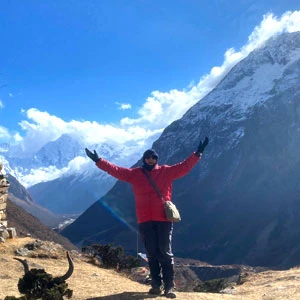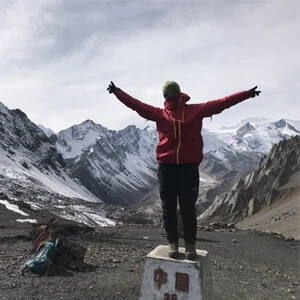Manaslu Circuit Trek
The Manaslu Circuit Trek is one of Nepal’s most stunning and remote trekking routes. It takes you around Manaslu, the eighth-highest mountain in the world — you witness a unique blend of cascading rivers, precipitous trails, subtropical forests, and breathtaking mountain scenery.
The trek begins at Machha Khola and the trail follows the Budhi Gandaki River, crossing several suspension bridges. As you trek higher, the scenery changes, and you get closer to the majestic Manaslu (8,163 meters / 26,781 feet). The highest point of the trek is Larkya La Pass (5,106 meters / 16,752 feet), where you’ll enjoy breathtaking panoramic views of the surrounding peaks.
Along the way, you pass through traditional villages like Namrung, Sama Gaon, and Samdo. These villages are home to Gurung, Tamang, and Tibetan communities, where you can experience their culture.
The trek circles Manaslu and includes options for side trips, such as visiting Manaslu Base Camp or exploring the Tsum Valley, a recently opened and magical region. The trek concludes with a descent into the Marsyangdi Valley. You can also choose to take the upper Manaslu route, which is less traveled and offers even more beautiful views.
Book your Manaslu circuit trek — with a well-planned 17 days itinerary — from Nepal Trekking Experts to experience a unique mix of adventure, culture, and natural beauty.
Manaslu Circuit Trek Difficulty
The Manaslu Circuit Trek is quite challenging and difficult, and is suitable for trekkers with a good fitness level. While it does not involve technical climbing, the trail follows rugged terrain, steep ascents, and high altitudes.
Trekking at high elevations, such as the Larkya La Pass at 5,106 meters (16,752 feet), can be physically demanding due to thinning air and the risk of altitude sickness. You must acclimatize properly to ensure your body adjusts to the altitude gradually.
The trekking through Manaslu circuit includes several days of long, strenuous hiking through forests, across rivers, and on uneven paths. The remote route has limited access to medical facilities. Therefore, it requires mental determination and physical preparation — regular cardio and may help you.
The trek is tough but manageable with the right fitness, preparation, and attitude. If you are in good physical condition and have some trekking experience, the Manaslu circuit trek will definitely be rewarding and unforgettable.
Best Time for Manaslu Circuit Trekking
The best time to trek the Manaslu circuit is during the Spring (March to May) and Autumn (September to November) seasons.
Spring (March to May):
Spring is one of the most popular times for trekking in Nepal. The weather is relatively mild, and the trails are clear of snow. You can enjoy vibrant rhododendron blooms and stunning views of the surrounding peaks. The temperatures are moderate, making it easier to hike.Autumn (September to November):
Autumn is ideal for crossing the high passes like Larkya La, as the trail is dry, and snow accumulation is minimal. The weather is generally stable — with crisp air and clear skies — and offers excellent visibility of the Himalayas.
Manaslu Circuit Trek Permit Costs
The Manaslu circuit trek lies within the Manaslu Conservation Area Project (MCAP), a protected area that showcases Nepal’s natural, cultural, and historical beauty.
The government of Nepal has declared it a restricted zone, and trekkers are required to obtain Manaslu Restricted Area Permit (MRAP), Manaslu Conservation Area Permit (MCAP) and Annapurna Conservation Area Permit (ACAP) to access the region.
Manaslu Restricted Area Permit (MRAP)
September to November: USD 100 for the first 7 days + USD 15 per additional day
December to August: USD 75 for the first 7 days + USD 10 per additional day
Available from Nepal Immigration in Kathmandu and Pokhara.
A minimum of two trekkers and a licensed guide are required.
Manaslu Conservation Area Permit (MCAP)
Cost: NPR 3,000 (approx. USD 30) per person
Available at the Tourism Board in Kathmandu and Pok`hara.
Annapurna Conservation Area Permit (ACAP)
Cost: NPR 3,000 (approx. USD 30) per person
It’s required as you will also pass through the Annapurna Conservation Area towards the end of the trek.
Booking and Payment With Nepal Trekking Experts
Nepal Trekking Experts require a 10% deposit to secure your reservation for the Manaslu circuit trek. You can pay online through our secure system, and we will send a confirmation once we receive your deposit.
Please send us a copy of your passport, a passport-sized photo, and your flight details (if available). We use these documents to process permits and arrange logistics. You may pay the remaining balance in Kathmandu before the trek begins.
Our team manages all necessary permits, transport, and accommodations. We focus on your comfort and safety, and we are ready to address any special requests or concerns. You will travel with experienced guides who take pride in sharing the natural beauty and cultural heritage of Nepal. Contact us!!




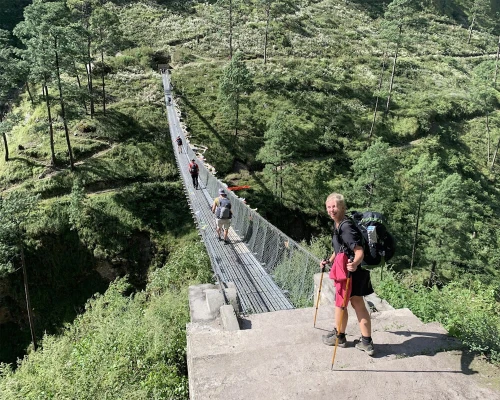
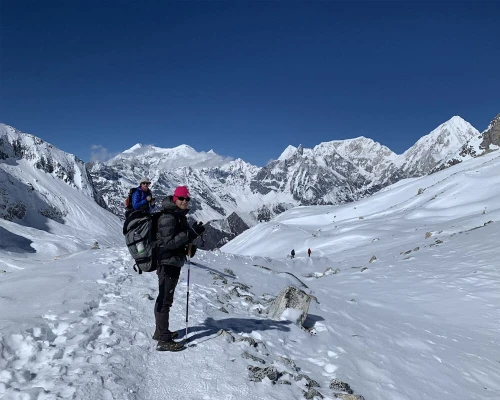
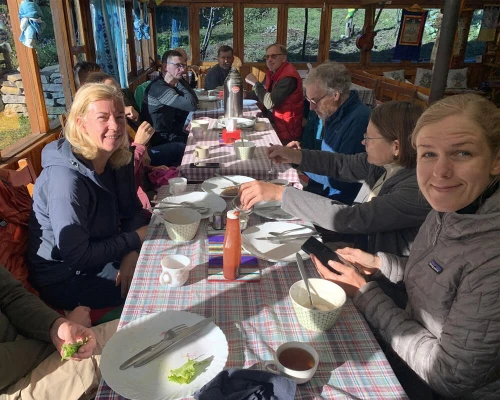
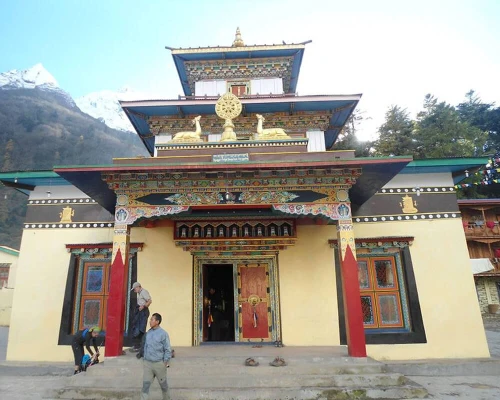
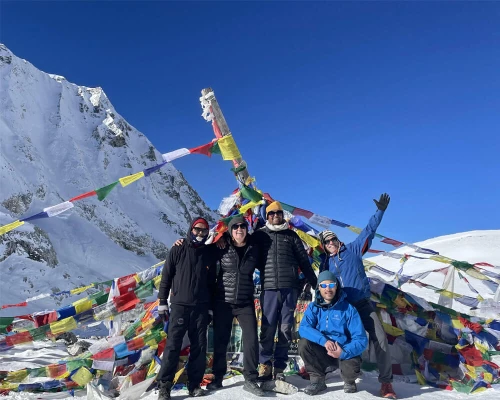
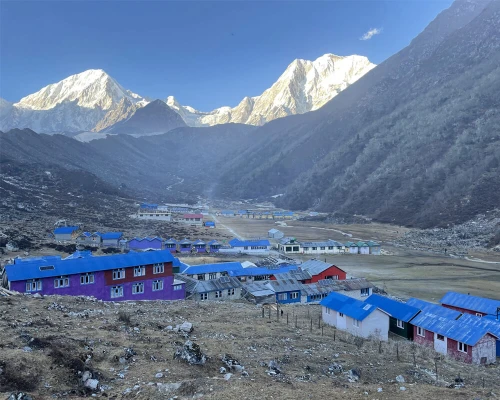
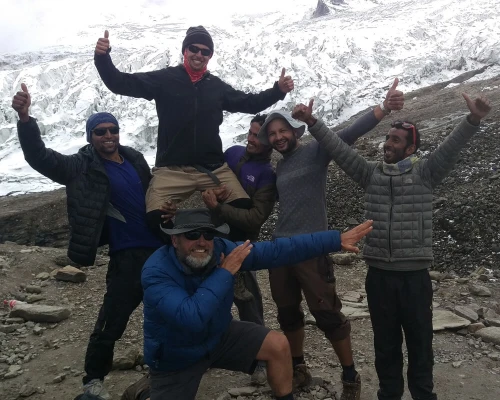

 based on 40 reviews
based on 40 reviews





